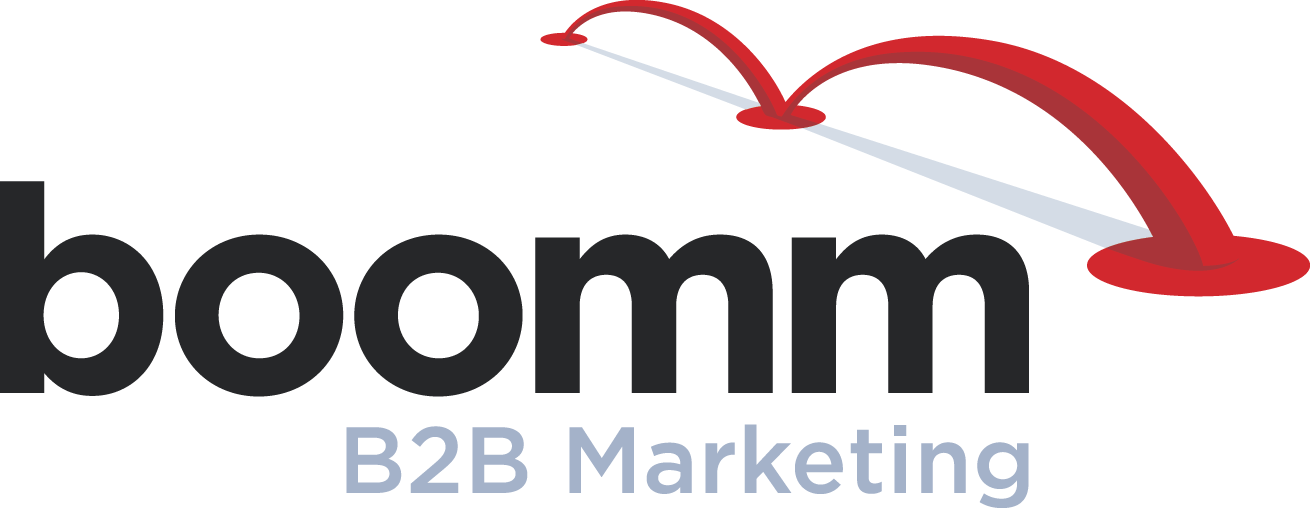B2B Email Design That Makes Your Customers Want to Click

Despite many predictions about the death of email, it’s still going strong. Email is the cornerstone of many omnichannel marketing campaigns because it’s highly targeted, cost-effective, trackable, and relatively inexpensive to produce. It provides instant gratification for recipients, who can chose to click through or delete in an instant.
Often, the difference between an email that a prospect follows through on and an email that’s relegated to the trash bin hinges on its design. And this involves much more than graphic sensibilities. Exploring some principles of good B2B email design can help you reach your customers more effectively and ensure that they follow through on your emails. Here are a few design principles to keep in mind:
Keep content brief and impactful.
The main purpose of an email is to drive clickthroughs. Anything that doesn’t serve this purpose is just  window dressing. It might help to think of an email as a movie trailer: you’re enticing your audience to “see the show,” which in this case means the content, landing page or website you’re driving them to. If you give too much away, no one will click through—they’ve already seen what they need in the body of the email. But if you don’t reveal enough, or your email fails to give a call-to-action, your audience will have no context for your email and will see no reason why they should click. When writing email content, outline which content is most important, and imagine yourself opening an email like it. Would you click, based on the copy?
window dressing. It might help to think of an email as a movie trailer: you’re enticing your audience to “see the show,” which in this case means the content, landing page or website you’re driving them to. If you give too much away, no one will click through—they’ve already seen what they need in the body of the email. But if you don’t reveal enough, or your email fails to give a call-to-action, your audience will have no context for your email and will see no reason why they should click. When writing email content, outline which content is most important, and imagine yourself opening an email like it. Would you click, based on the copy?
Think mobile first.
Mobile is driving the future of email. According to a 2016 study by Litmus, 56% of email is now opened on a mobile device. If your B2B email design isn’t mobile-friendly, your customers may not view your email at all. Make sure you use a single-column design so your email renders correctly on a mobile device—designs with multiple columns are all but unreadable on a phone or tablet. Follow the iOS guideline of buttons at least 44 pixels wide by 44 pixels tall. Trim your emails—Litmus suggests a width between 320 and 550 pixels. And keep buttons in the center of the screen, so they’re easy to tap on a mobile device.
Use the preheader.
When your email lands in someone’s inbox, it’s on the clock. Recipients spend about 3 to 4 seconds, on average, determining whether they’re going to open your email. Most marketers know about the power of a great subject line, which can increase open rates. But there’s another tool to convince recipients to open your email. Many email platforms, such as Gmail and Outlook, display a snippet of preview text next to or near the subject line. This is known as a “preheader.” It’s your chance to make a case, in approximately 100 characters, that opening up the email will be worthwhile. If the body of the email is the movie trailer, the preheader is the tagline on the movie poster. Make it short, snappy, and enticing.
Don’t rely on images.
Images are powerful things that attract lots of attention. Unfortunately, in emails, images often appear as empty grey boxes. According to Litmus, 67% of major desktop clients, 100% of major webmail clients, and 80% of mobile operating systems block images by default. If your message is driven by images, it may not get heard at all. Luckily, there are a few things you can do to make sure your emails are still powerful without images. Avoid all-image-based emails and make sure your emails always include some text. Use alt-text, background colors, image slicing and bulletproof buttons to optimize your emails for when images are disabled. And deliver your call-to-action within the body of the email—don’t rely on a pretty picture to make your offer.
Putting some extra thought into your B2B email design can reap great rewards. These simple principles yield emails that meet your goals—customers that open, click, and stay engaged.


